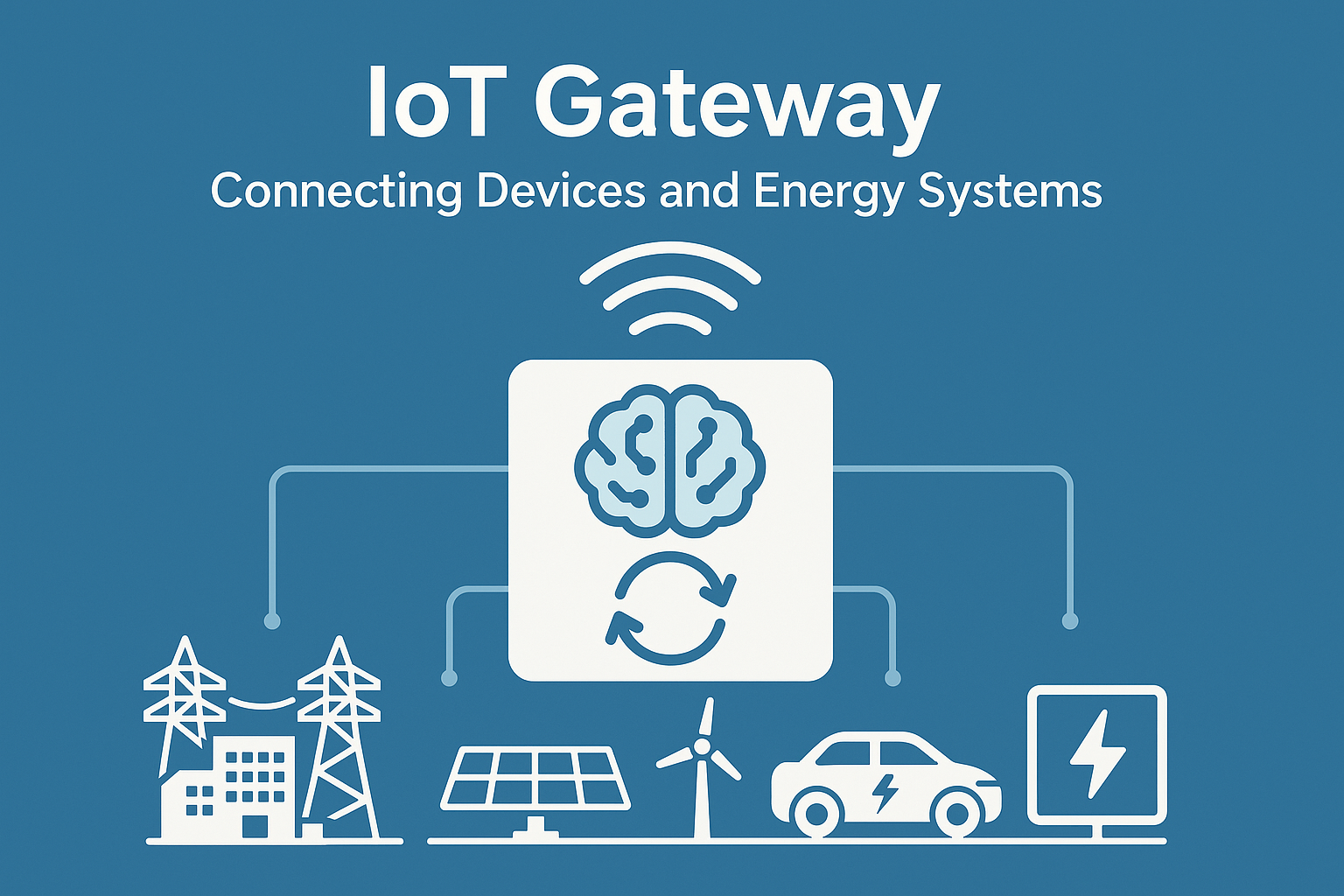IoT Gateway

An Internet of Things (IoT) Gateway is a key component in modern smart grids and energy infrastructure. It acts as a bridge between physical devices (sensors, meters, actuators) and cloud-based or local data processing systems. In power distribution, it plays a crucial role in connecting generation sources (like power plants) to consumers efficiently and intelligently.
💡 Callout: Think of the IoT Gateway as the smart translator and traffic cop of the power grid — seamlessly connecting physical energy systems with intelligent digital platforms to ensure energy flows where it’s needed, when it’s needed, securely and efficiently.
Key Functions
1. Data Aggregation
- Collects real-time data from multiple edge devices across the generation, transmission, and distribution network.
- Ensures high-speed and secure communication for time-sensitive applications.
2. Protocol Translation
- Converts data formats across legacy protocols (like Modbus, DNP3) and modern ones (MQTT, HTTP, OPC-UA).
- Enables seamless communication between old infrastructure and new cloud-based analytics.
3. Edge Processing
- Performs real-time analytics at the source to reduce latency and bandwidth usage.
- Supports event detection, anomaly recognition, and predictive maintenance.
4. Power Flow Monitoring
- Tracks power delivery from plants to substations and finally to consumers.
- Monitors voltage, current, frequency, and quality metrics in real-time.
5. Grid Management
- Enables dynamic load balancing, demand response, and fault isolation.
- Supports microgrids and distributed energy resources (DERs) like solar, wind, and battery storage.
6. Security & Compliance
- Provides secure authentication, encryption, and firewall capabilities.
- Ensures compliance with regulatory standards like IEEE 2030.5, IEC 61850.
Use Cases
- Smart Metering: Bi-directional communication for real-time billing and consumption tracking.
- Substation Automation: Remote monitoring and control of substations using SCADA systems.
- Smart EV Charging: Balancing grid load with EV demand using predictive algorithms.
- Energy Management Systems (EMS): Enabling real-time insights and alerts for facility operators.
Benefits
- Improved grid reliability and reduced downtime
- Lower operational costs through automation
- Enhanced data-driven decision-making
- Future-ready for renewable and distributed energy integration



